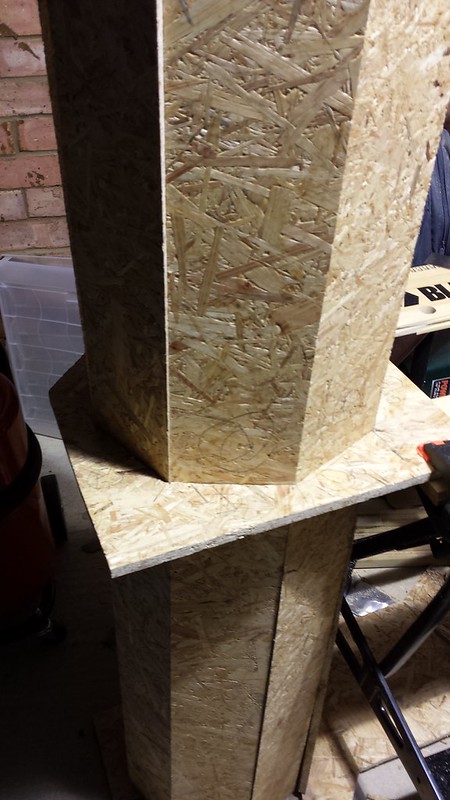Man of Honour
A sunset solar eclipse, the moon will pass in front of the sun, off center, producing a partial solar eclipse:
On the 23rd but we won't see it.
On the 23rd but we won't see it.
A sunset solar eclipse, the moon will pass in front of the sun, off center, producing a partial solar eclipse:
On the 23rd but we won't see it.
Most people here are UK surely?
Among the most interesting landforms on Mars are features referred to as ‘chaotic terrain’. Dozens or even hundreds of isolated mountains up to 2000 m high are scattered in these extensive regions. Seen from orbit, they form a bizarre, chaotic pattern. Such terrains are found over a large area to both the west and east of Valles Marineris, the largest canyon in the Solar System. Hydraotes Chaos, showcased in this video, is a typical example of this type of landscape.
The data used to generate these images and the simulated flyover were acquired with the High Resolution Stereo Camera on ESA’s Mars Express orbiter.

 his-dark-materials by Nick and Sandrine, on Flickr
his-dark-materials by Nick and Sandrine, on Flickr 20141021_201640 by Nick and Sandrine, on Flickr
20141021_201640 by Nick and Sandrine, on Flickr 20141021_201618 by Nick and Sandrine, on Flickr
20141021_201618 by Nick and Sandrine, on FlickrBuilding my garden pier
First almost finished getting the materials (will be 735Kg in total - almost a ton).
[/QUOTE]
What telescope are you going to put on that and is there going to be a dome?
What telescope are you going to put on that and is there going to be a dome?
 Planning for the concrete pour to be start of november.
Planning for the concrete pour to be start of november.Hubble is in orbit around Earth at an altitude of about 545 kilometres and its orbit is inclined with respect to the Earth’s equator at angle of about 28.5 degrees.
It zooms along in its orbit at a speed of 28 000 kilometres per hour, meaning that it completes an entire orbit in just under 97 minutes. In other words, Hubble circles the Earth almost 15 times every day!
Imagine: with a wasteland as their canvas, a Master and his young Apprentice set about turning rubble into planets and moons, asteroids and comets. They levitate the worlds above their heads, spinning them in orbit around their symbolic Sun.
“What is the key to life on Earth?” asks the Master. The Apprentice shakes her head. The answer is obvious: water. For a long time, the origins of water, and indeed life on our planet remained an absolute mystery. So we began searching for answers beyond Earth,” the Master continues. “In time we turned to comets. One trillion celestial balls of dust, ice, complex molecules, left over from the birth of our Solar System. Once thought of as messengers of doom and destruction, and yet so enchanting. And we were to catch one: a staggeringly ambitious plan.”
Science fiction? No – science fact.As Tomek Bagi?ski’s short film Ambition makes clear, it is the essence of what it means to be human, to attempt difficult things, to reach for seemingly impossible goals, to learn, adapt and evolve.



